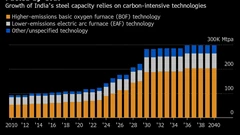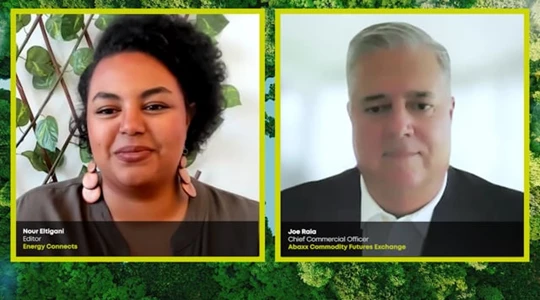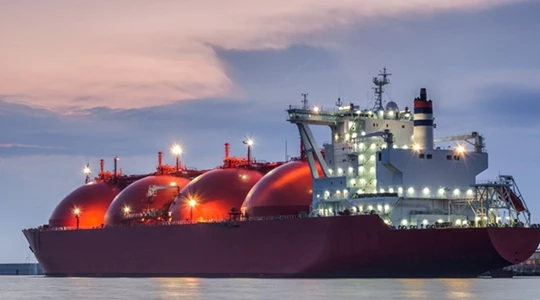World Has 14% Chance of Keeping Warming Below 1.5C in Best Case
(Bloomberg) -- The world only has a tiny chance of keeping global warming below a key threshold that could cause several climate tipping points to be reached, drastically exacerbating the likelihood of extreme weather, according to a new report from the United Nations.
Countries have a 14% chance of keeping global warming below 1.5C even in the most optimistic scenario where all net-zero pledges are met, according to an analysis by the UN’s environment program. Current emissions-cutting plans put the world on course for up-to 2.9C of global warming and that’s assuming nations fulfill their unconditional commitments.
The findings come less than two weeks before the COP28 climate summit in Dubai, which has the key aim of laying out what countries need to do to meet the goals set by the Paris Agreement in 2015, chiefly keeping warming below 2C, and ideally 1.5C. To do so, emissions need to fall by 28% to 42% by the end of the decade, compared with current policy scenarios, according to the UN’s report.

“There is no person or economy left on the planet untouched by climate change,”said Inger Andersen, executive director of UNEP. “So we need to stop setting unwanted records on greenhouse gas emissions, global temperature highs and extreme weather.”
There are fears that the battle to “keep 1.5 alive” may have already been lost and that the most realistic scenario now is that warming will have to rise above the critical threshold before coming back down. The report highlighted that, during the first nine months of the year, 86 days were recorded with temperatures over 1.5C above pre-industrial levels. September was the hottest recorded month ever, with global average temperatures 1.8C above pre-industrial levels, the report said.
While El Niño has played some role, the number of extra-hot days this year is overwhelmingly due to human-made emissions, according to Niklas Höhne, founder of the NewClimate Institute and one of the authors of the report.
“The report shows once again a huge discrepancy between where we want to be and where we are,” he said. “Current temperature increase is 1.2C and we already saw significant damage. If we go to double that, you can imagine that this will be an existential threat.”
“Even a 1.5C world is not safe for a large part of the population,” he added.
A similar report last week estimated that carbon emissions released into the atmosphere will increase by about 9% in 2030, compared with 2010 levels, based on current national pledges submitted ahead of the upcoming COP28 climate summit. It’s a marginal improvement from last year, but still means that by 2030, the world may only have two years left of its carbon budget to keep alive a 50% chance of limiting global warming to 1.5C.
“The stark reality is that the projected emissions from coal, oil and gas extraction are on track to exceed the carbon budget needed to limit warming to 1.5C by over 3.5 times,” said Harjeet Singh, head of global political strategy at Climate Action Network.
Greenhouse gas emissions are still rising. UNEP’s report showed that the amount of CO2 in the atmosphere increased by 1.2% in 2022 to reach a new record of 57.4 gigatons. Delaying emissions cuts now raises the need to rely on removal technology in the future, something that has yet to be proven at scale.
Höhne said COP28 must move into “emergency mode” and urged countries to pledge a tripling of renewable capacity, a doubling of energy efficiency and a phase-out of fossil fuels to get back in line with a 1.5-degree goal.
“If we are serious about climate, we need to end the use of fossil fuels,” he said. “That should be crystal clear in a decision at COP28.”
©2023 Bloomberg L.P.
KEEPING THE ENERGY INDUSTRY CONNECTED
Subscribe to our newsletter and get the best of Energy Connects directly to your inbox each week.
By subscribing, you agree to the processing of your personal data by dmg events as described in the Privacy Policy.
More renewables news

House Committee Says It Finds Evidence of ‘Climate Cartel’
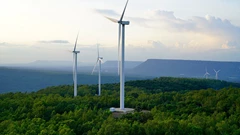
WEC Energy Offered $2.5 Billion US Loan for Renewable Projects

With Trump Looming, Biden’s Green Bank Moves to Close Billions in Deals
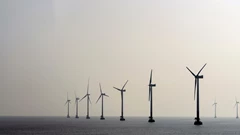
GE Vernova Expects More Trouble for Struggling Offshore Wind Industry

Climate Tech Funds See Cash Pile Rise to $86 Billion as Investing Slows

GE Vernova to Power City-Sized Data Centers With Gas as AI Demand Soars

Longi Delays Solar Module Plant in China as Sector Struggles

Australia Picks BP, Neoen Projects in Biggest Renewables Tender

SSE Plans £22 Billion Investment to Bolster Scotland’s Grid
